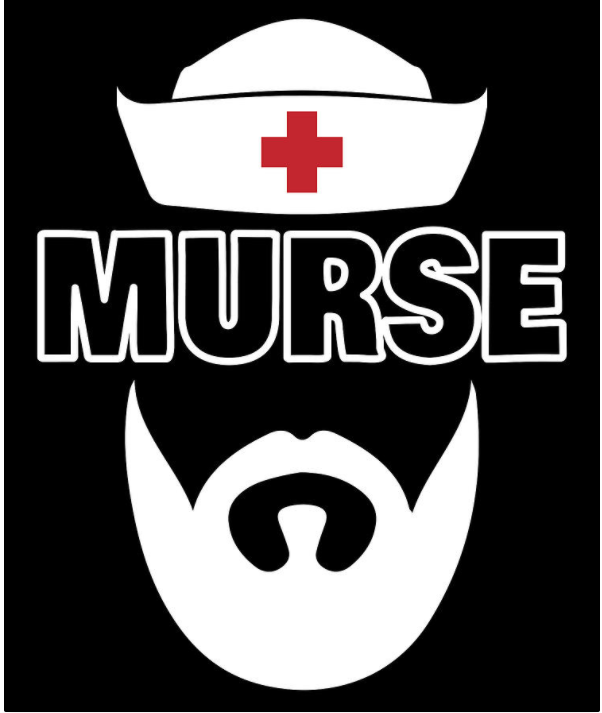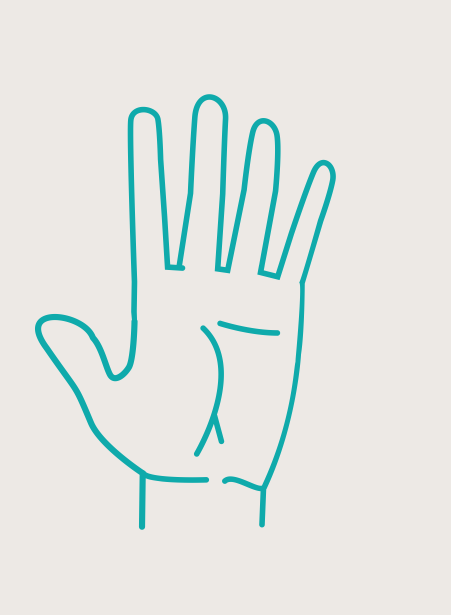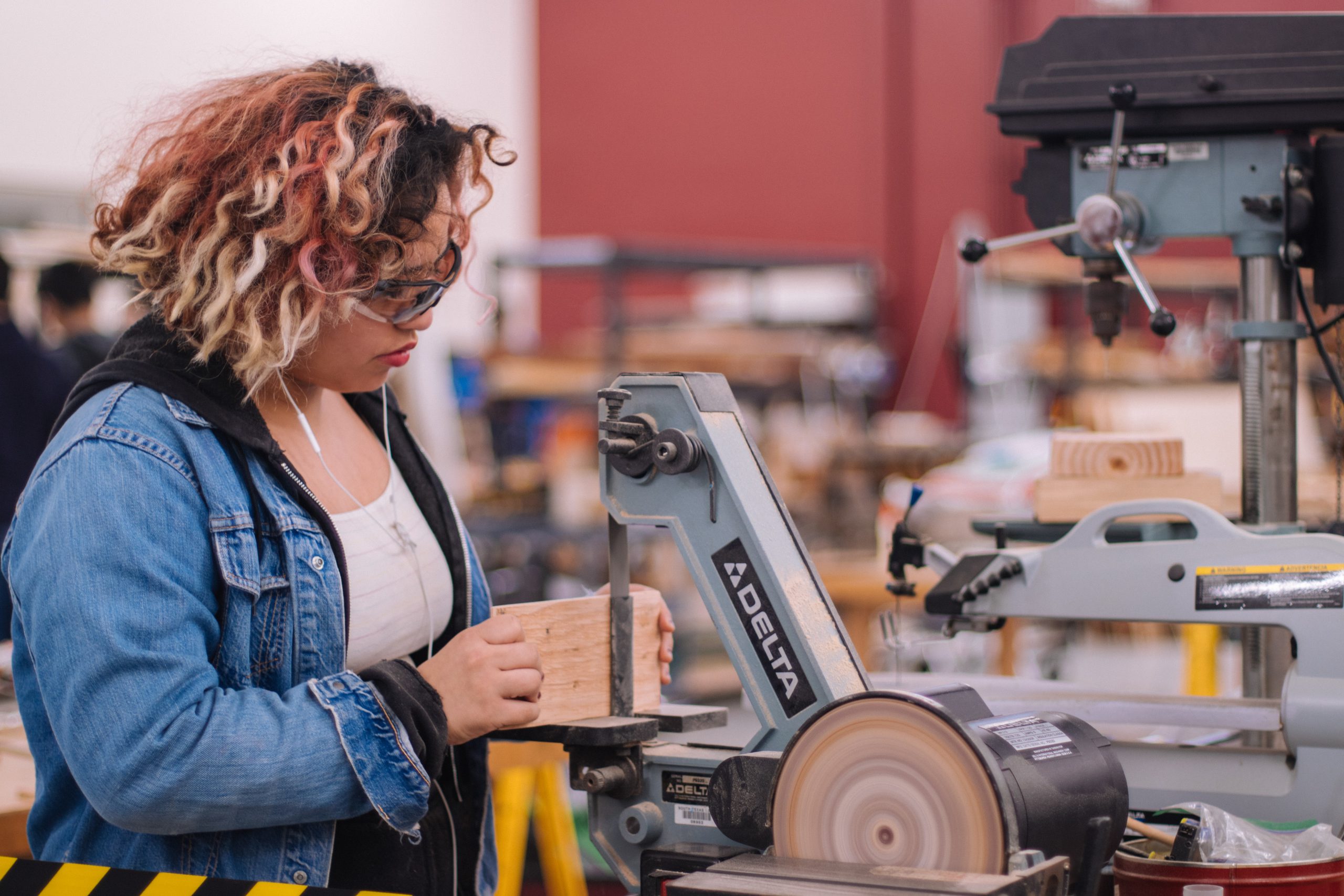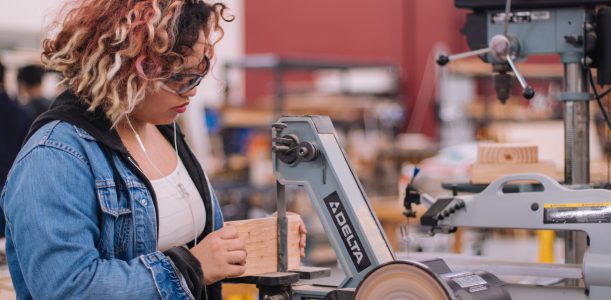At our recent group blog presentations, I cannot help but noticed that many of the blogs written were taking a lens from a female-feminist perspective, in other word most of my peers in the C4D study are women. I am of course writing this from a traditional slightly bias view as one who identifies herself as her/she. Most of the blogs were covering issues that falls under the similar theme such as gender equality and lack of representation of female in certain level of the society – education, workforce etc., preferential treatment to male as oppose to females when they interact online or in public spheres and even how women are further disadvantaged during Covid-19 pandemics. In my first blog I touched briefly how the pandemic further widens education gap as young girls are forced into marriage by their family as lock-down persists and poverty risen. The majority of the blogs seems to push forward a female-oriented agenda.
I put forward my reflections to our lecturer, Mr Tobias Denskus that while we have learnt plenty in this semester with the blog writing exercises, I feel that I have missed a male perspective on some of the blog written. Tobias is a veteran at blogging and I have personally enjoyed reading his blog site Aidnography – Communicating Development and happy to have one male blogger in the area of C4D to follow. He explained that the C4D course have always attracted female applicants, and while males do apply, they seem to lack the merit require for the study. Hmm…..
This made me wonder, when it comes to promoting women into a workplace or education, the society does make more allowances. Take for instance the Science, Technology, Engineering and Mathematics (STEM), UNESCO reported that in 2017 that women represented only 33% of students in the STEM field. It further reported that the low participation was due to discrimination, biases and social norm. In an effort to promote equality and encourage participation, there are many organisations that promotes women into STEM education and into the workforce. Here are a few examples IGNITE, ChickTech or Microsoft. You can find a list of notable program at this link: Best STEM Organizations for girls and women.
What are we doing to helps promote more male to take up social education such as in the area of communication for development or nursing? I tried googling with same criteria, “organization that helps promote male into nursing” and lesser return in the search and not one in a compiled list like in the case of STEM. While in the search for increasing in social studies, it did not resulted in a relevant hit on google search.
With new media and technology, it should be possible to change some narratives and update the social norm by reducing toxic masculinity and encourage more male to enter social studies. Should we not start using social platforms such as Instagram and Facebook and start increasing visibility and acceptance of male into what is norm a female-oriented study or workplace?

We want more #murses as it was reported that during the pandemic the health sector was understaffed to cope with the increased number of patient admitted. What can a higher learning institute such as Malmö University do to have a more equal representation in this area? How can we utilize new media and technology to achieve this?
If you are currently a female studying in the field of Communication for Development, what are your thoughts? What can we do to encourage more men to join in? A new kind of “affirmative action”, perhaps?


